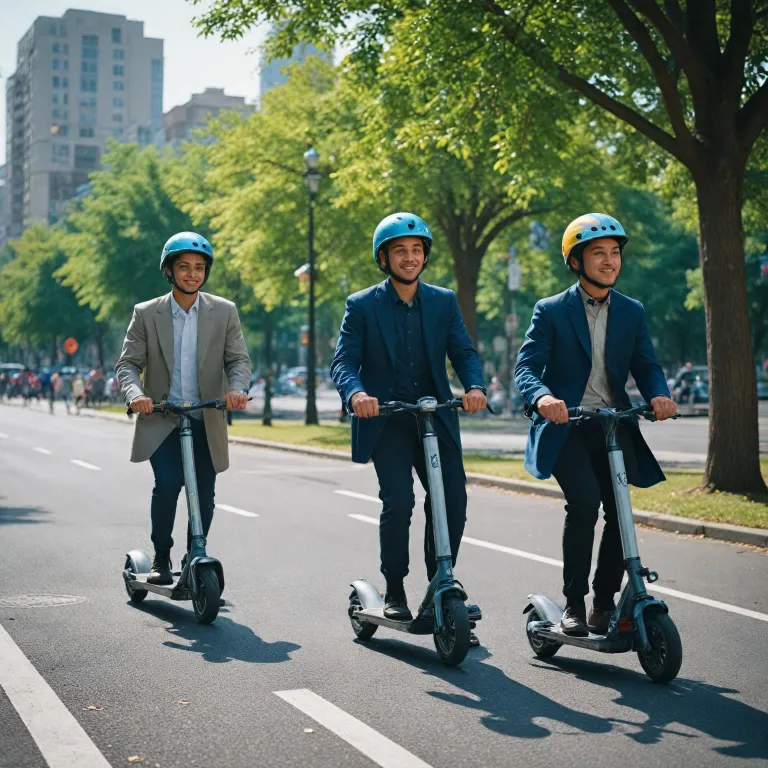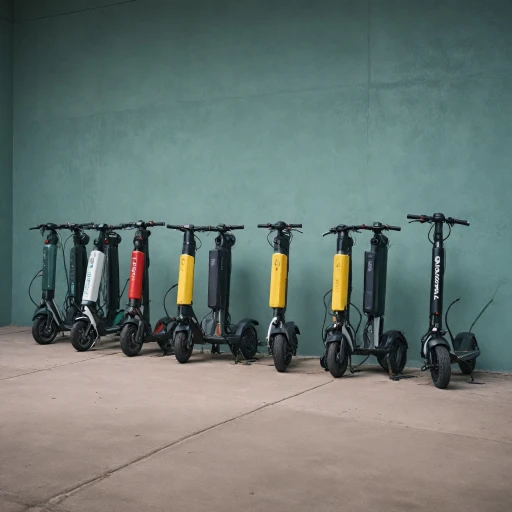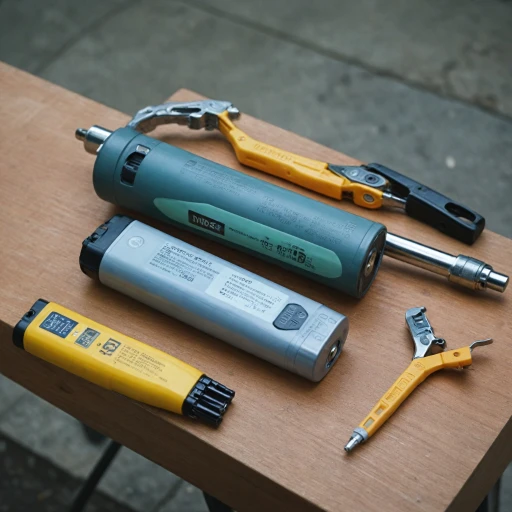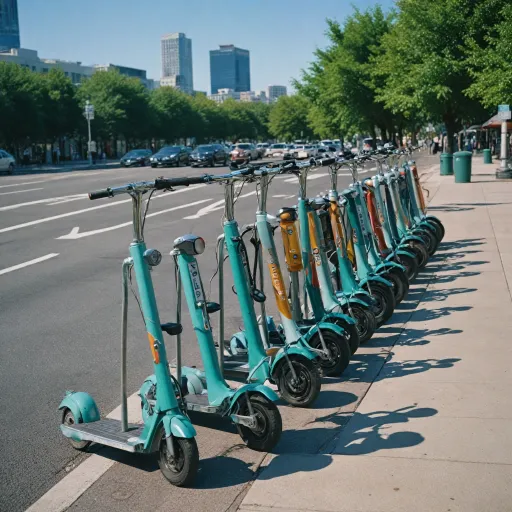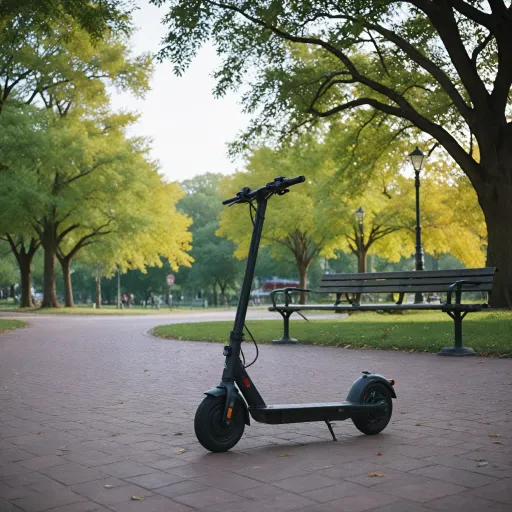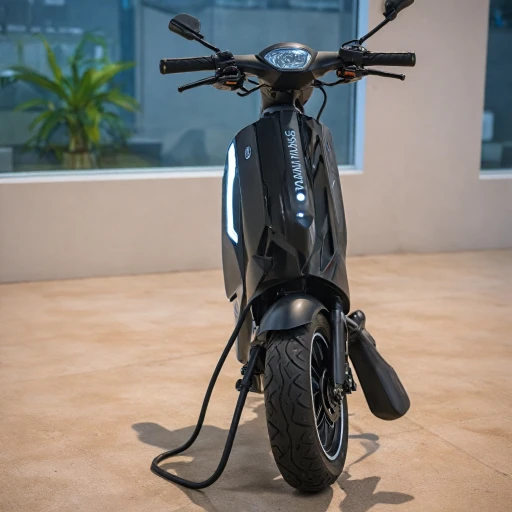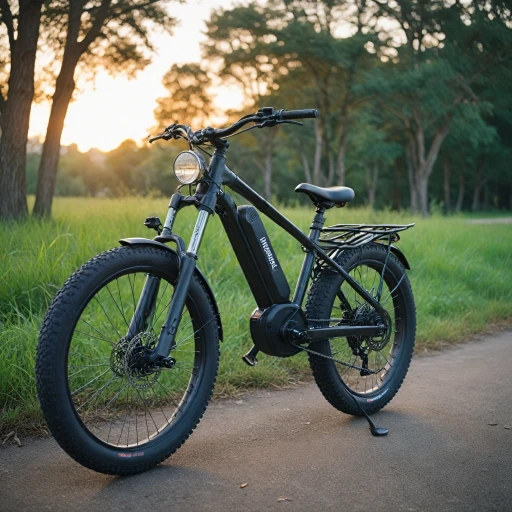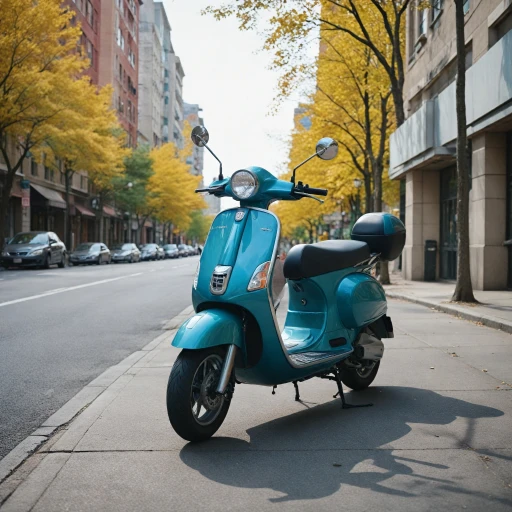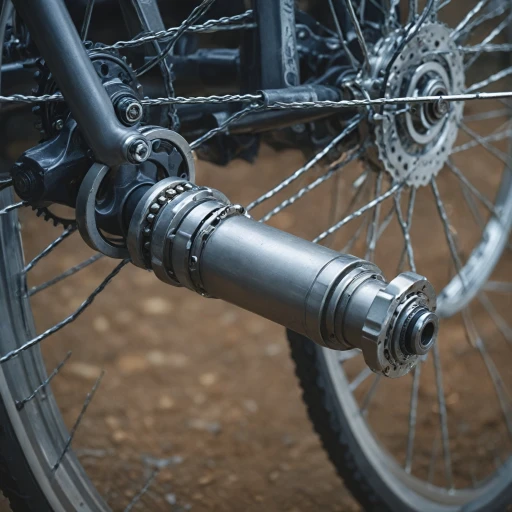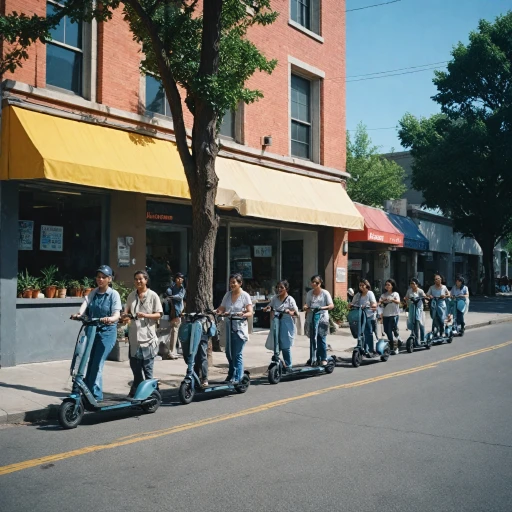
Understanding the Risks of Riding Without a Helmet
Riding Without a Helmet: A Risky Decision
Electric scooters have become a popular mode of transportation, offering a convenient and eco-friendly way to navigate urban environments. However, riding without a helmet can significantly increase the risk of injury. Whether you're cruising on a matte black or gloss white scooter, the importance of wearing a helmet cannot be overstated. Helmets are designed to protect your head from impacts, reducing the severity of injuries in case of an accident.
Many riders underestimate the dangers associated with electric scooters. Unlike motorcycles, scooters may seem less intimidating, but they can still reach considerable speeds. A fall from a scooter can lead to serious head injuries, especially if you're not wearing a helmet. The variety of helmets available, from retro open face to modern full face designs, offers protection tailored to different preferences and needs.
It's crucial to choose a helmet that fits well and meets safety standards, such as DOT approved certifications. Whether you prefer a black gloss or a matte white finish, the helmet's primary function is to safeguard your head. The price of a helmet is a small investment compared to the potential medical costs and long-term consequences of a head injury.
For those looking to enhance their safety further, consider exploring essential accessories for medical scooters that can complement your helmet and provide additional protection.
Key Features to Look for in a Scooter Helmet
Essential Characteristics to Consider for a Safe Ride
When looking for a helmet for your electric scooter adventures, it’s crucial to examine specific features that ensure both safety and comfort. Every helmet is unique, offering a range of features that cater to different needs and preferences. Here’s what you should keep your eye on:
- Material and Safety Certification: Whether it's a matte or gloss finish, ensure the helmet is DOT approved, which guarantees it has met safety standards. Materials like black matte or gloss black can offer a sleek look without compromising protective quality.
- Fit and Shape: Helmets come in various fits, such as open face, full face, or half face. A well-fitted helmet should not move around on your head once fastened, and the option between a full face or half face design can depend on your comfort and riding style preferences. Check for adjustable padding and chin strap to fill out the helmet properly.
- Weight and Balance: Ensuring the helmet isn't too heavy is vital to avoid strain during your ride. Opt for a product that offers a balanced distribution to enhance comfort.
- Ventilation: Helmets, especially like a lifer helmet or a motorcycle helmet, should provide proper air circulation. Features like multiple air vents can help in keeping your head cool during longer rides.
- Visibility and Color: While colors such as helmet black, white gloss, or blue matte offer various stylistic options, they also play a role in visibility. Selecting a helmet with reflective materials can help improve your presence on the road.
- Price Point: Prices can vary, with some helmets available at sale prices. Weigh the cost against essential features to ensure you select the most cost-effective option without sacrificing safety.
Remember, the right helmet doesn’t just protect; it complements your ride. For more insights into crucial scooter accessories, consider learning about the importance of mirrors to further enhance riding safety and performance.
Different Types of Helmets Suitable for Electric Scooters
Exploring Helmet Types for Your Scooter
When riding an electric scooter, it's essential to have the right protection. Not all scooter helmets are created equal, and choosing the right style can significantly enhance your safety. Here's a breakdown of the various types of helmets suitable for electric scooters.
- Full Face Helmets: Offering comprehensive protection, full face helmets cover your entire head and face. They're similar to motorcycle helmets and are ideal for those who prioritize maximum safety. With options like gloss black and matte black, these helmets provide a sleek look, though slightly heavier on the price.
- Half Face Helmets: These helmets cover the top and sides of your head. While they provide less protection than full face helmets, they enhance ventilation and comfort. You can find them in various finishes like gloss glitter or matte white to match your style without compromising much on safety. A dot approved helmet in matte or gloss shades such as black gloss or white gloss can offer a balance between protection and design.
- Open Face Helmets: Known for their retro appeal, open face helmets are popular for their lightweight design. They offer protection for the top and back of your head, leaving your face uncovered. They are available in stylish retro colors like blue matte or black. While they do not provide as much protection as full face helmets, they are often a popular choice for riders prioritizing aesthetics and comfort.
- Lifer Helmets: These versatile helmets blend the lines between different types, offering both style and functionality. Available in colors like helmet white or helmet black, they provide essential safety features in a lightweight product. Lifer helmets are favored for short commutes thanks to their ease of use and reliable protection.
Each helmet type comes with distinct features and benefits. Whether you prioritize style, protection, or price, there are abundant choices in the market to suit every pro and casual scooter rider. For those who want to learn about enhancing their ride with other accessories, check out this article for more insights.
How to Properly Fit and Adjust Your Scooter Helmet
Getting the Right Fit for Maximum Protection
Ensuring your helmet fits properly is crucial for safety when riding electric scooters. A well-fitted helmet can significantly reduce the risk of injury in case of an accident. Here's how to make sure your helmet fits just right:
- Measure Your Head: Use a flexible tape measure to find the circumference of your head, just above your eyebrows and ears. This measurement will help you choose the right helmet size, whether you're eyeing a matte black or a gloss white finish.
- Try Before You Buy: If possible, try on different helmets. Whether it's a lifer helmet or a retro open face design, the helmet should sit snugly on your head without being too tight. A helmet that moves around is not safe.
- Adjust the Straps: The chin strap should be tight enough that only two fingers can fit between the strap and your chin. This ensures the helmet stays in place, whether it's a half face or full face model.
- Check the Position: The helmet should sit level on your head, covering the top of your forehead. A helmet that tilts back exposes your forehead and reduces protection.
- Consider Helmet Features: Look for DOT approved helmets, which meet safety standards. Whether you prefer a black gloss or a matte white finish, safety should be your top priority.
Remember, the right fit can make all the difference. Whether you're opting for a classic black or a vibrant blue matte, ensuring your helmet fits well is a key step in protecting yourself on the road.
The Role of Helmet Technology in Enhancing Safety
Innovations that Elevate Safety Standards
The advancement of technology plays a significant role in enhancing the safety of scooter helmets, crucial for every rider—from occasional users to daily commuters. Contemporary helmet designs incorporate materials and features aimed at maximizing protection while ensuring comfort. One can find options in an array of styles such as black matte or gloss glitter, each meeting stringent safety criteria.
Enhanced materials like multi-density EPS liners absorb impact energy efficiently, reducing the risk of injury. The outer shell, which may come in finishes like matte white or black gloss, is designed to withstand high impact resistance. It’s not just about looks—these innovations provide tangible safety improvements.
Technological Progress in Helmet Features
Modern scooter helmets, whether lifer helmets in matte black or reflective white gloss models, frequently include built-in features like ventilation systems to ensure rider comfort. Advanced models might even offer removable liners that enhance hygiene and extend helmet life. Visors or shields, available in full face or half face configurations, protect against wind and debris.
Moreover, connectivity features like Bluetooth may be integrated, allowing communication and navigation assistance—though these are often seen as extras rather than safety essentials. These technological enhancements elevate the overall riding experience by merging safety with convenience.
Regulatory Standards: Ensuring Trust
For any helmet enthusiast, understanding the importance of DOT-approved certifications is pivotal. Helmets like those in grey matte or helmet black shades, when DOT approved, guarantee adherence to safety benchmarks. Knowing that your purchase meets these standards provides peace of mind, whether you opt for a retro or pro style, an open face or a full face mask.
The marketplace offers a multitude of options at various price points. From regular price selections to helmets on sale, the focus should always be on safety features rather than aesthetics alone. Helmets, in whatever style—scooter, motorcycle, or hybrid—are indispensable for every electric scooter rider, ensuring safety with every ride.
Common Misconceptions About Scooter Helmets
Debunking Helmet Myths and Misunderstandings
When it comes to scooter helmets, several misconceptions can cloud a rider's judgment, influencing their choice or even their decision to wear one at all. Here’s a look at some common misunderstandings surrounding helmet usage for electric scooter riders:- Helmets are only for motorcycles: It’s a widespread belief that helmets are only necessary for high-speed vehicles such as motorcycles. However, electric scooters can reach significant speeds where head protection is crucial, making helmets an essential safety measure.
- More expensive helmets offer much better protection: While price can sometimes indicate quality, it’s not always a guaranteed measure of safety. Whether you’re considering a gloss black, matte white, or grey matte helmet, always check for safety certifications like DOT approval rather than relying solely on price. Lifer helmets, known for their quality, are a reliable choice.
- A helmet's looks are more important than its fit: While a helmet's style, whether it be black matte or gloss glitter, attracts many riders, the fit should always be the top priority. A helmet that doesn’t fit right won’t provide adequate protection, regardless of its aesthetic appeal.
- Half-face helmets are sufficient for all scooter riders: While half-face helmets, available in a sleek blue matte or retro black gloss, may appeal due to their unobtrusive nature, they might not offer as much protection as full-face or modular options.
- Once a helmet is purchased, no further adjustments are needed: Incorrect. Helmets need to be properly adjusted to optimize protection. Black helmets, whether in matte or gloss finishes, need regular adjustments to ensure they properly cradle the head and fasten securely.
- Helmets don’t survive long and need frequent replacement: While wear and tear are inevitable, the lifespan of a helmet largely depends on how often it’s used and maintained. Helmets like those in white gloss or black gloss, with proper care, can effectively last until they are damaged or compromised.
